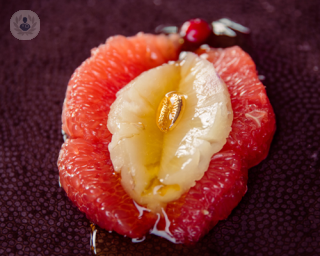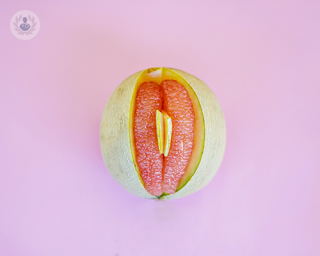Labiaplasty
Miss Kerstin Oestreich - Plastic surgery
Created on: 11-13-2012
Updated on: 05-24-2023
Edited by: Sophie Kennedy
What is labiaplasty?
Labiaplasty is a surgery that involves remodelling and resizing the labia minora which are the flaps of skin on each side of the vaginal opening. This can either be performed for cosmetic purposes, but sometimes it is for functional reasons. In most cases, local anaesthesia is used for a labiaplasty procedure. Labiaplasty should not be performed on girls aged less than 18 years of age as the labia minora may still be growing and changing.

Why is labiaplasty performed?
Women might choose to have a labiaplasty because they are self-conscious of the size and appearance of their labia minora. Some women’s labia minora can cause physical discomfort, as they are larger than average and can suffer from twisting or tugging, causing pain.
What does labiaplasty consist of?
A labiaplasty can be performed with either local or general anaesthesia. During the procedure, the labia minora are shortened and reshaped, with any unwanted tissue cut away with either a scalpel or a laser. Incisions are closed with small, dissolvable stitches. A labiaplasty can take up to two hours and most patients are able to return home on the same day.
Preparation for labiaplasty
Before your surgery, it is important to follow your surgeon’s instructions about fasting and to stop taking any medications. It is also important to stop smoking in the months leading up to your surgery. On the morning of the surgery, you should carefully shave, as hair can be obstructing.
Aftercare
You can expect to have some soreness, swelling and slight bruising for up to two weeks. Some patients will find they need a few days off work to recover. Full healing can take up to two months, and during this time you will need to keep the area clean, avoid sexual intercourse, use sanitary towels rather than tampons and wear loose underwear and clothing. Over-the-counter painkillers can be taken to manage any pain as sitting and peeing can produce some discomfort.

















